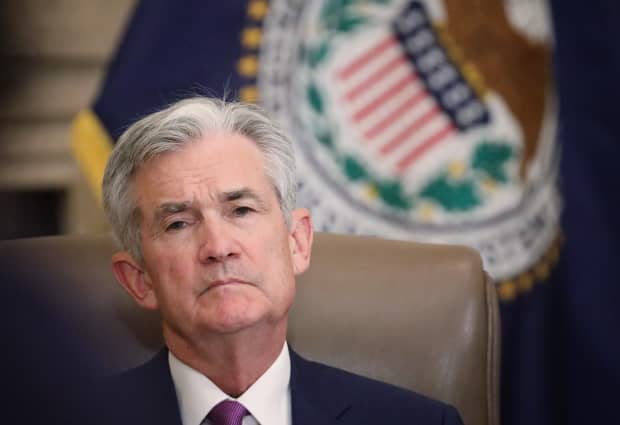This post was originally published on this site

Federal Reserve Board Chairman Jerome Powell attends an event at the Federal Reserve headquarters last year.
Getty Images
No one is paying attention to the Federal Reserve’s meeting this week, and that’s just fine for central bank officials.
With interest rates firmly at zero, and the market and the central bank on the same page about rates staying unchanged for years, the Fed doesn’t feel the need to shake things up.
“I don’t think [Fed Chairman Jerome] Powell is going to want to make news this week,” said Tim Duy, a Fed watcher and blogger at the University of Oregon.
Even though economic data lately has been better than expected, Powell will continue to strike a cautious tone, Duy said, by expressing concern about the pace of the recovery and the need for additional fiscal help for the economy.
Last month, Powell pushed Congress hard on a stimulus package, arguing the economy needed additional spending to protect the nascent recovery from the pandemic. But Democrats and Republicans were unable to agree on any plan with the White House ahead of the election.
Tom Porcelli, chief U.S. economist at RBC Capital Markets, thinks Powell has no incentive to talk up the economy.
“The moment Powell doesn’t express concern is the moment the markets think the Fed is going to remove accommodation,” Porcelli said.
Powell has joked several times that the Fed “isn’t thinking about, thinking about” raising rates.
Over the past two months, the Fed announced a new strategy to hold rates low for longer than during prior recoveries.
The central bank said it intends to hold rates close to zero until inflation has risen above its 2% target for a sustained period.
The power of this policy is that it can hold down bond yields, giving fiscal-policymakers freedom to spend more to help the economy. This, in turn, will boost growth.
However, Senate Republicans, who stood in the way of more fiscal spending in the runup to the election and who seem likely to remain in control after election votes are tallied, may balk at a big relief package.
“The ability to do a meaningful – several trillion dollar relief/stimulus in the coming year has dropped to almost nothing,” said Ian Bremmer, president of Eurasia Group, a political risk research firm.
During their two days of talks this week, Fed officials likely discussed changes to its existing bond-buying program, but won’t make any decisions, Duy said.
Not all economists agree. Aneta Markowska, chief financial economist at Jefferies, thinks the Fed might adjust its purchases toward the longer end of the yield curve. If it doesn’t happen this week, it will happen in December, she said.
The Fed will issue a policy statement at 2 p.m. Eastern on Thursday. Powell will follow with a press conference at 2:30 p.m.
The Fed has been conducting monthly purchases of $80 billion of Treasurys across the yield curve and $40 billion of mortgage-related assets to keep financial markets steady and help the economy.
Porcelli of RBC thinks it’s premature for the Fed to use this tool. The central bank is saving that move as insurance for downside risks.
“It is something the Fed is going to hang onto, it’s where the rubber meets the road and puts the oomph back into policy,” Porcelli said.
Other economists question whether more bond-buying would have much of an impact.
“More asset purchases don’t get you anywhere, with interest rates already low,” said Robert Brusca, chief economist at FAO Economics.
The yield on 10-year Treasury TMUBMUSD10Y, 0.768% notes dropped sharply on Wednesday as the chances rose that a big fiscal aid package, paid for by more debt, would not be passed.

